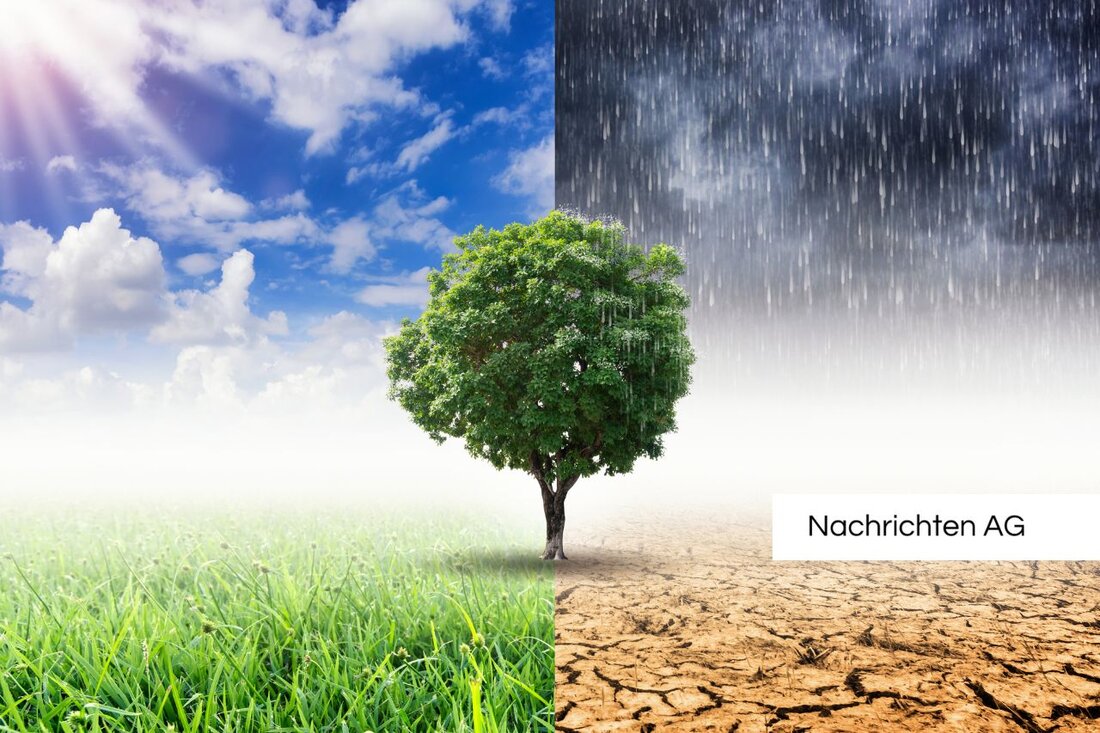Lossatal community decides on controversial 60 hectare solar park!
On June 13, 2025, the Lossatal local council voted for a 60-hectare solar park, despite resistance from residents.

Lossatal community decides on controversial 60 hectare solar park!
In the small community of Lossatal, located between Meltewitz and Radegast, the local council set a decisive course for the future of solar energy on June 13, 2025. With a majority of 8 to 4, the decision was made to build a 60-hectare solar park designed as an agricultural photovoltaic system. This means that solar panels are installed on agricultural farmland, allowing for simultaneous use of energy production and agriculture. Tagesschau reports on a controversial project that is encountering resistance, especially from the local Meltewitz town council, which is already planning a referendum to prevent the construction.
The decision for the solar park is in the context of a trend that wants to use agricultural land more efficiently. According to BMEL, an attempt is being made to do justice to the competition for space between solar energy and agricultural production. Agri-photovoltaic systems take up a maximum of 15 percent of the agricultural area, meaning that 85 percent of the area can continue to be used for traditional agriculture. This innovative solution not only offers protection against extreme weather events such as heavy rain and hail, but also diversifies the businesses' sources of income and promotes value creation in rural areas.
Advantages of agri-photovoltaics
Agri-photovoltaics thus combines agricultural production with the generation of renewable energy on the same area. The technology not only has the potential to reduce water consumption in agriculture, but also generates stable sources of income for farms. Federal Minister Bettina Stark-Watzinger and Federal Minister Cem Özdemir are also committed to promoting this type of project. Fraunhofer ISE also points out that early citizen participation is crucial for the success of such projects.
Although the construction of the solar park in Lossatal promises many advantages, it remains to be seen how resistance from residents and the planned referendums will develop. It is clear that the balance between agricultural use and sustainability will remain an important issue in the region in the future. The discussion about the solar park is therefore more than just a local matter; it reflects the greater challenges and opportunities that current climate change poses to agriculture. The coming months will show whether the community can take a step towards a modern, sustainable future or whether citizens' concerns will prevail.

 Suche
Suche
 Mein Konto
Mein Konto